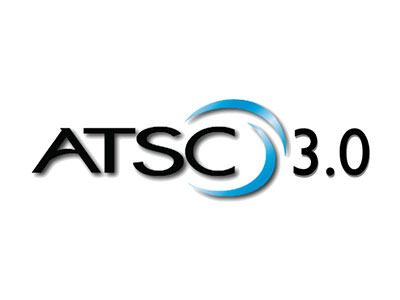U.S. Proposes ATSC 3.0 be Adopted as an International Broadcast Standard
GENEVA, SWITZERLAND–A delegation from the U.S. has asked the International Telecommunication Union (ITU) that it adopt the ATSC 3.0 digital broadcast standard for use by all countries in the world. The proposal is the first major step in the evaluation process for worldwide acceptance of the standard, the association said.

The U.S. delegation proposed ATSC 3.0—the world’s first Internet-Protocol-based television broadcast standard—to a Working Party of Study Group 6 of ITU’s Radio communications Sector, which develops and maintains worldwide recommendations, reports and handbooks on the broadcasting service. The U.S. effort was actively supported by the South Korean government delegation with significant assistance from the Korean Electronics and Telecommunication Research Institute.
Developed by the Advanced Television Systems Committee, the ATSC 3.0 standard has been adopted in both the United States and the Republic of Korea. The suite of voluntary technical standards and recommended practices represents very significant enhancements from the original ATSC 1.0 standard adopted in 1996. It will provide an alternative to other digital terrestrial television standards including the European DVB-T, Japanese/Brazilian ISDB-T, and Chinese DTMB platforms.
“We’re delighted to begin this process and look forward to an expedited consideration so that other nations can confidently implement this remarkable new standard,” said U.S. delegation spokesman Larry Olson, Assistant Chief of the Global Strategy and Negotiation Division in the International Bureau of the Federal Communications Commission.
In offering the new standard as part of an existing recommendation for second-generation digital platforms, the United States noted that the ATSC 3.0 standard is designed to deliver improvements in performance, functionality and efficiency so substantial to warrant implementation of a non-backwards-compatible system. The IP-based standard, with its higher throughput capacity, can deliver:
- Enhanced quality for audio and video services,
- Robust mobile reception on a wide range of devices,
- Improved spectrum efficiency,
- Advanced emergency information,
- Personalization features, and
- Interactive capabilities.
Jerald Fritz, Executive Vice President of ONE Media 3.0, presented the proposal on behalf of the U.S. delegation. “The Next Gen transmission standard will provide consumers with a host of new services and expand opportunities for broadcasters and service providers around the world,” he said, urging rapid adoption by the ITU. “By integrating broadcast and broadband services, ATSC 3.0 also can be part of the 5G transmission ecosystem for non-television data transmission services,” Fritz said.
In support of the new standard, the United States presented the ATSC’s Advanced Emergency Information Implementation Guide. This document describes methods and examples for implementing the standard’s critical emergency-related capabilities—life-saving services that are expected to be of particular interest both to countries upgrading their digital systems and those still migrating from analog to digital broadcasting.
The professional video industry's #1 source for news, trends and product and tech information. Sign up below.
The ATSC’s 2019 Board Chairman Lynn Claudy of the National Association of Broadcasters called international acceptance ATSC 3.0 “quite appropriate given the extensive work of engineers from around the world to craft this state-of-the-art standard with built-in capabilities to evolve as the markets warrant.”
Several additional ITU Reports and Recommendations were identified to be modified, reflecting the new ATSC 3.0 standard. Accelerated action on the U.S. proposal is expected at the next ITU working party meetings in July.
For a comprehensive source of TV Technology’s ATSC 3.0 coverage, see ourATSC3 silo.
